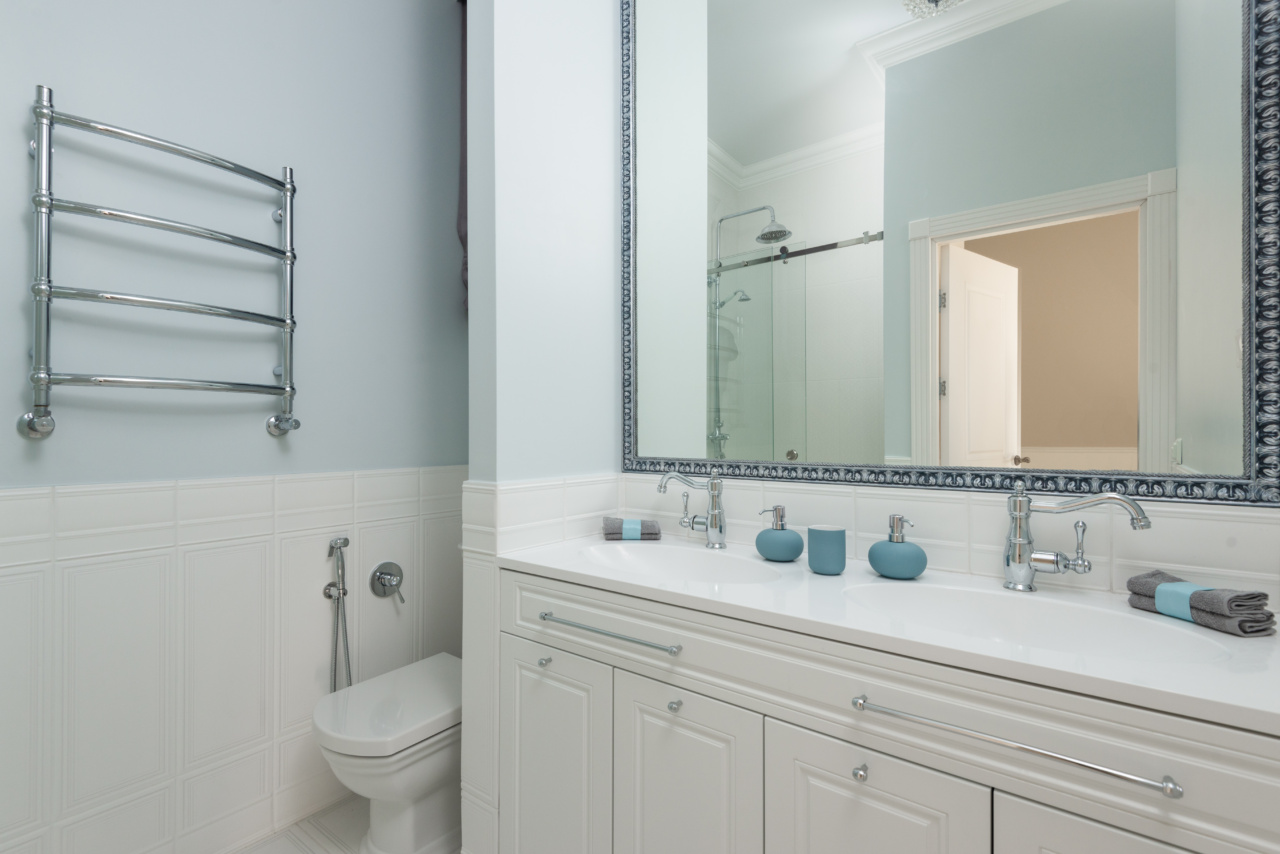When nature calls, the toilet becomes our sanctuary. We trust that this everyday fixture will efficiently whisk away our waste without a second thought. However, it is essential to take a moment and examine the toilet before pulling the lever.
This simple act can save us from potential disasters, prevent blockages, and ensure the smooth functioning of this vital device. In this article, we will explore why it is necessary to inspect the toilet, what to look out for, and how to maintain a healthy and efficient toilet system.
The Importance of Examining the Toilet
Pulling the lever without checking the toilet’s condition can lead to unwanted consequences.
By regularly inspecting this crucial plumbing fixture, you can avoid potential plumbing problems, prevent costly repairs, and promote a hygienic bathroom environment.
Common Toilet Issues
Before examining your toilet, it’s helpful to understand some common problems you may encounter. These issues can range from minor inconveniences to major plumbing emergencies.
Being aware of them will help you identify any signs of trouble during your inspection:.
1. Leaking Toilet
A leaking toilet can waste a significant amount of water and increase your utility bills. It may also cause water damage to your bathroom floor and adjoining areas.
Common causes of leaks can include worn-out toilet flappers, faulty fill valves, or loose connections.
2. Clogged Toilet
A clogged toilet is a common and frustrating issue that can disrupt your daily routine. It often occurs due to an excessive amount of toilet paper, foreign objects, or flushing inappropriate items.
Timely inspection can help identify signs of a pending clog, providing an opportunity to prevent it before it becomes a major inconvenience.
3. Running Toilet
A running toilet, where water continues to flow into the bowl even when not in use, can be both a nuisance and a waste of water. This problem is often caused by a malfunctioning flapper valve or a faulty fill valve.
4. Weak Flush
A weak flush can indicate a problem with the toilet’s flushing mechanism. It may be due to mineral deposits, a faulty flapper valve, or an inadequate water level in the tank.
Identifying this issue during your examination can save you from potential embarrassment and inconvenience of multiple flushes.
How to Examine the Toilet
Now that we understand the potential problems, let’s discuss the step-by-step process of examining your toilet for issues:.
1. Check for Leaks
Begin your examination by inspecting the area around the base of the toilet for any signs of leaks. Look for water puddles, discoloration, or an unpleasant odor.
If you notice any signs of leakage, it is vital to address the issue promptly to avoid further damage.
2. Test the Flush
Flush the toilet and observe the flushing action. Ensure that the water flows smoothly and with sufficient force to remove waste effectively.
If you notice a weak flush or the water does not drain properly, it could indicate a blockage or a malfunctioning flapper valve.
3. Check the Water Level
Open the toilet tank lid and inspect the water level. It should be approximately 1 inch below the overflow pipe. If the water level is too low or too high, it can affect the toilet’s flushing efficiency and potentially lead to other problems.
4. Look for Proper Fill and Shut-Off
Observe the fill valve in action as the tank refills after flushing. Ensure that it stops filling when the water reaches the appropriate level.
If the fill valve fails to shut off or continues to fill beyond the necessary level, it might require adjustment or replacement.
5. Inspect the Flapper Valve
Examine the flapper valve connected to the flush lever. Make sure it opens fully when the flush lever is pressed and closes tightly after flushing. Damaged or worn-out flapper valves can lead to continuous running or weak flushes.
6. Check the Bowl
Inspect the inside of the toilet bowl for any discoloration, stains, or calcium buildup. These signs may indicate a problem with the flushing mechanism or a need for cleaning. A clean and well-maintained bowl promotes better hygiene and prevents odors.
Toilet Maintenance Tips
In addition to regular examinations, some simple maintenance tips can help keep your toilet in excellent working condition:.
1. Avoid Flushing Inappropriate Items
Only flush toilet paper and human waste down the drain. Avoid flushing items like wet wipes, sanitary products, or cotton balls, as these can cause clogs and blockages.
2. Clean Regularly
Regular cleaning helps prevent mineral deposits, stains, and foul odors in the toilet bowl. Use a toilet brush and cleaning agent to thoroughly clean the bowl at least once a week.
3. Repair Leaks Promptly
If you notice any leaks during your examination, address them immediately. Ignoring leaks can lead to water damage and more extensive plumbing issues.
4. Replace Faulty Parts
If you identify any malfunctioning components during your examination, such as a flapper valve or fill valve, it is advisable to replace them promptly. Using genuine manufacturer parts ensures the optimal performance of your toilet.
Conclusion
Taking a few moments to examine your toilet before pulling the lever can go a long way in preventing potential plumbing problems and ensuring an efficient and hygienic bathroom experience.
Regular inspections, along with proper maintenance and prompt repairs, will help you keep your toilet in optimal working condition for years to come. Remember, a little attention now can save you from a lot of trouble down the line!.































